Posted on
October 21, 2024 by
The VRG Blog Editor
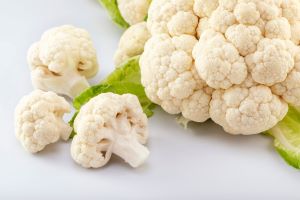
Are you looking for new ways to prepare cauliflower? Dina Gharib’s article “The Versatile Vegan” offers recipes for Pineapple Cauliflower Fried “Rice,” Cauliflower Crust Pizza, and Creamy Cauliflower Soup. See: https://www.vrg.org/journal/vj2015issue3/2015_issue3_versatile_vegan.php
Subscribe to Vegan Journal in the USA only by visiting https://www.vrg.org/member/2013sv.php
Category
Uncategorized
Comments
0
Posted on
October 18, 2024 by
The VRG Blog Editor

Halloween Minis – Variety 4 Pack – No Whey Chocolate
Are you looking for places to purchase vegan candy and other treats for Halloween? Here’s some online sources that sell vegan goodies with a Halloween theme, as well as items sold in stores:
Lake champlain Chocolates Vegan Salted Caramel Pumpkins, Dark Chocolate Squares, and more.
Natural Candy Store Variety of chocolate, lollipops, and more.
No Whey Chocolate Spooky Kookies, Fear Knot Pretzles, and a wide variety of vegan chocolates that are allergy-friendly as well.
Unreal Variety of bars, cups, and gems.
Yum Earth Organic lollipops, as well as hard candies.
Category
Uncategorized
Comments
0
Posted on
October 18, 2024 by
The VRG Blog Editor
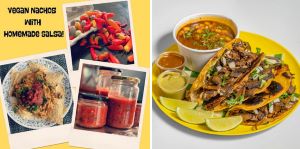 Be sure to follow The Vegetarian Resource Group on Instagram: @vegetarianresourcegroup
Be sure to follow The Vegetarian Resource Group on Instagram: @vegetarianresourcegroup
Category
Uncategorized
Comments
0
Posted on
October 17, 2024 by
The VRG Blog Editor
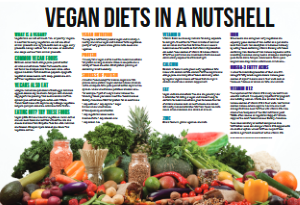
Share this handy poster with family and friends. You can also print it out and post it on your refrigerator. See: https://www.vrg.org/nutshell/VeganDietsinaNutshellPoster.pdf
Category
Uncategorized
Comments
0
Posted on
October 17, 2024 by
The VRG Blog Editor
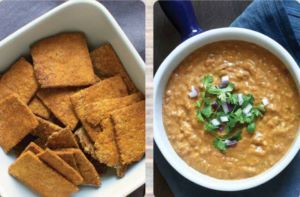
Chili Cracker and Creamy Chili Dip photos by Linda Tyler
Linda Tyler’s article “Chili & Chill” in an issue of Vegan Journal serves up a wide variety of dishes including Chili Crackers; Creamy Chili Dip; Creamy Chili and Spaghetti Squash Casserole; Chili-Spiced Roasted Ratatouille; Go-To Vegan Chili; and Chili Cornbread Pie.
Find the article with recipes here: https://www.vrg.org/journal/vj2022issue1/2022_issue1_chilly_and_chill.php
To subscribe to Vegan Journal in the USA, see: https://www.vrg.org/member/2013sv.php
Category
Uncategorized
Comments
0
Posted on
October 16, 2024 by
The VRG Blog Editor
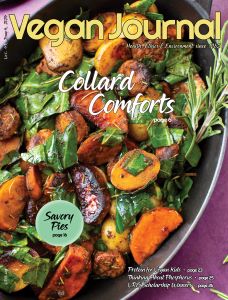
Vegan Journal is published by The Vegetarian Resource Group. Enjoy in-depth original research, product and book reviews, scientific updates on veggie nutrition, delicious vegan recipes with gorgeous photos, plus so much more. Both long-term vegans and those new to a vegan life-style will enjoy this magazine.
To subscribe in the USA only, see: https://www.vrg.org/member/2013sv.php
Category
Uncategorized
Comments
0
Posted on
October 16, 2024 by
The VRG Blog Editor

photo from Toms
Are you searching for non-leather vegan shoes for children? If so, you may want to check out some of these online sites:
Category
Uncategorized
Comments
0
Posted on
October 15, 2024 by
The VRG Blog Editor
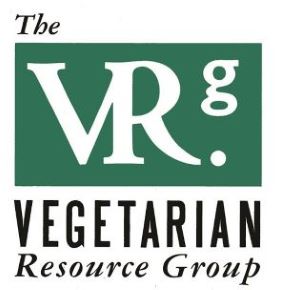
How often have you wanted to make a gift in honor of a loved one or friend but weren’t sure which charities are vegan-friendly, pro-environmental, or pro-animal rights? Please remember The Vegetarian Resource Group. You can make a gift in memory of a loved one or as a living tribute to honor someone you care about on a special occasion, such as a wedding or birth. We’ll send an acknowledgment to you and to the recipient(s) you choose. Your gift will support educational programs and help promote veganism.
Donate at vrg.org/donate or make checks payable to The Vegetarian Resource Group and mail to PO Box 1463, Baltimore, MD 21203.
Category
Uncategorized
Comments
0
Posted on
October 15, 2024 by
The VRG Blog Editor
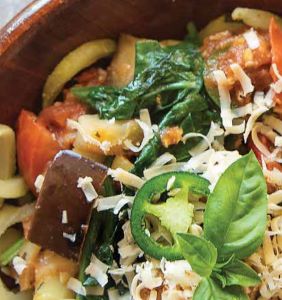
Italian-Style Eggplant and Zoodles photo by Rissa Miller
James Craig Thieman shares the following Skillet recipes in a previous issue of Vegan Journal:
Deconstructe Blackened “Fishy” Taco
Skillet Chili Mac
Italian-Style Eggplant on Zoodles
Kimchi Tofu Stir-Fry Veggies
Jackfruit BBQ and Slaw
Sweet Taters and Greens
Read the entire article here: https://www.vrg.org/journal/vj2023issue1/2023_issue1_skillet_suppers.php
Subscribe to Vegan Journal in the USA only by visiting https://www.vrg.org/member/2013sv.php
Category
Uncategorized
Comments
0
Posted on
October 14, 2024 by
The VRG Blog Editor

By Callie Showalter
School is going very well. I’m in my third year at Smith now and am an environmental science major, so I’m preparing to research and write a senior thesis next year about the environmental and social impacts of factory farming in the US. I also live in a vegetarian/vegan food co-op on Smith’s campus and we cook entirely-vegan dinners every night of the week. This summer I did a research internship at North Carolina State University and researched some of the environmental impacts of animal farming (ie, how manure impacts groundwater quality). I am still so grateful for my time with The Vegetarian Resource Group and the scholarship I got from the VRG as well! Hopefully my pursuits are of some interest to you.
Editor’s Note: More information about applying to VRG scholarships and internships can be found at https://www.vrg.org/student/scholar.htm and https://www.vrg.org/student/index.php
Support of VRG scholarships and internships can be made at www.vrg.org/donate
Category
Uncategorized
Comments
0










